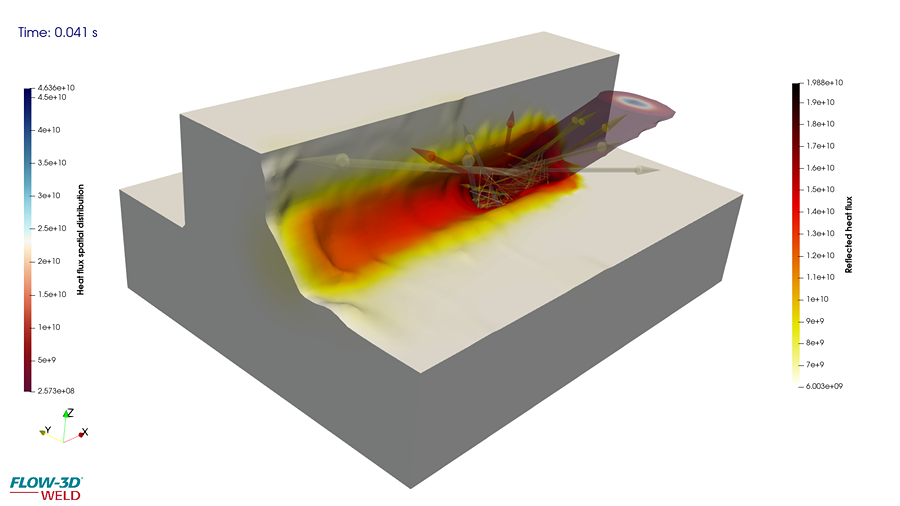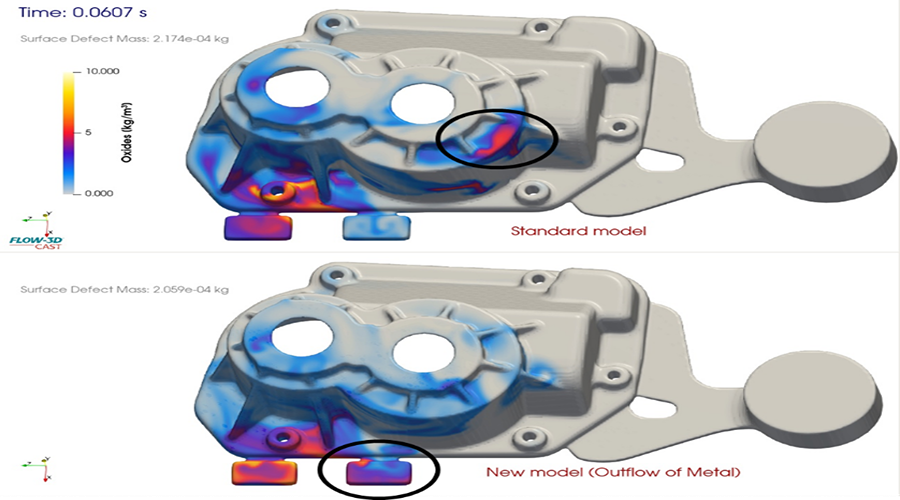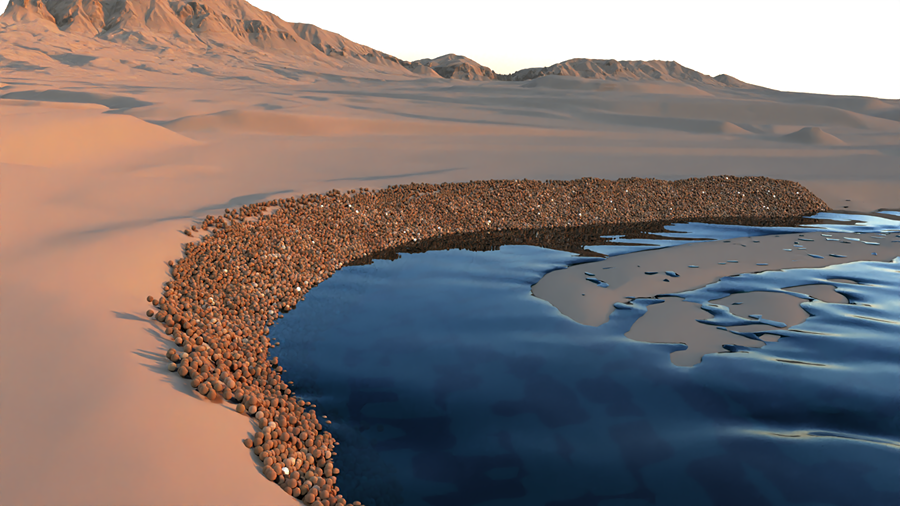
SANTA FE, NM, Apr 2, 2025 – Flow Science, Inc. has released its FLOW-3D 2025R1 products, including FLOW-3D AM and FLOW-3D WELD. The update adds new features to FLOW-3D’s CFD simulation tools, improving performance, usability, and high-performance computing support for users.
“With the integration of FLOW-3D AM and FLOW-3D WELD into the FLOW-3D product family, we’re putting advanced manufacturing simulation tools into the hands of practicing engineers,” said Flow Science president John Wendelbo. “These are highly accessible but also extremely accurate solutions. And with scalability and automation capabilities, you have something truly state-of-the-art.”
FLOW-3D AM 2025R1 is a breakthrough in additive manufacturing simulation, designed to speed up material and technology commercialization. It brings a simulation platform for laser-based additive manufacturing methods, like powder bed fusion and directed energy deposition. The release supports faster development and commercialization of new materials and technologies. FLOW-3D AM features a unified user interface and preloaded templates to streamline the setup process. Users can transition between different simulation steps while maintaining project continuity.
FLOW-3D AM 2025R1 supports high-performance computing (HPC) platforms, using the core FLOW-3D solver to increase simulation speed. Compared to standard workstations, additive manufacturing simulations run up to 9x faster on HPC platforms. This allows additive manufacturing professionals to reduce time-to-market using computational resources for faster simulation runtimes. The FLOW-3D AM node in FLOW-3D (x) provides a system for streamlining development cycles, design space exploration, sensitivity analyses, and process optimization with reduced manual input.

FLOW-3D WELD 2025R1 improves welding simulation with a unified user interface, simulation templates, new process automation and analysis tools, and substantial performance improvements. The interface allows users to select physics models in one application and define material properties for single or dissimilar metal welding applications. It includes a pre-loaded laser welding template for simpler setup. HPC compatibility increases laser welding simulation speed, and the FLOW-3D (x) node helps users validate models, identify process windows, conduct parameter studies, and optimize laser inputs and beam characteristics efficiently.
FLOW-3D 2025R1 enhances particle modeling with the discrete element method (DEM) model. This release extends particle-particle interaction capabilities for use cases such as granular material handling, slurry mixing, and particle-laden flows. HPC support helps decrease simulation runtimes, allowing for efficient product development and process refinement.

FLOW-3D CAST 2025R1 empowers casting engineers to manufacture complex non-ferrous castings. The release includes improvements to the solidification and shrinkage, shot sleeve, and valve models. An improved solidification and shrinkage model with revised porosity outputs in the EXODUS format allows users to simplify the analysis and interpretation of porosity. An enhanced valve model enables users to predict the final location of defects by specifying a target volume of metal allowed to exit valves and vents. In the FLOW-3D CAST high-pressure die casting (HPDC) workspace, users can capture the movement of solidified metal in the shot sleeve with the porosity-based solidification model, providing an accurate thermal profile during fill.

FLOW-3D HYDRO 2025R1 introduces a discrete element method (DEM) model that accounts for particle-particle interactions such as collision and friction. Compared to the standard Lagrangian particle model, the DEM model offers expanded capabilities for analyzing the behavior of granular materials. It can be applied to assess the stability of rocks or rip-rap in various flow conditions and may support the evaluation of protection systems for riverbanks and similar structures. The model is also helpful for studying grit separation systems, stormwater separators, and other granular flow scenarios involving interacting small particles.
Source: Flow Science
About Flow Science
![]()
Flow Science is a software company specializing in computational fluid dynamics (CFD) solutions for modeling fluid behavior in complex environments. Founded in 1980 and headquartered in Santa Fe, NM, the company has over four decades of experience developing simulation tools used across various industries, including civil and environmental engineering, water infrastructure, manufacturing, aerospace, automotive, and additive manufacturing. Its flagship product, FLOW-3D, is widely adopted for free-surface hydraulics, casting, microfluidics, coating, and thermal analysis. The company emphasizes accuracy, performance, customization, professional services, and training in its software offerings. As of the most recent data, Flow Science generates an estimated annual revenue of $10–20 million and supports a global customer base through regional offices and distributor networks.
